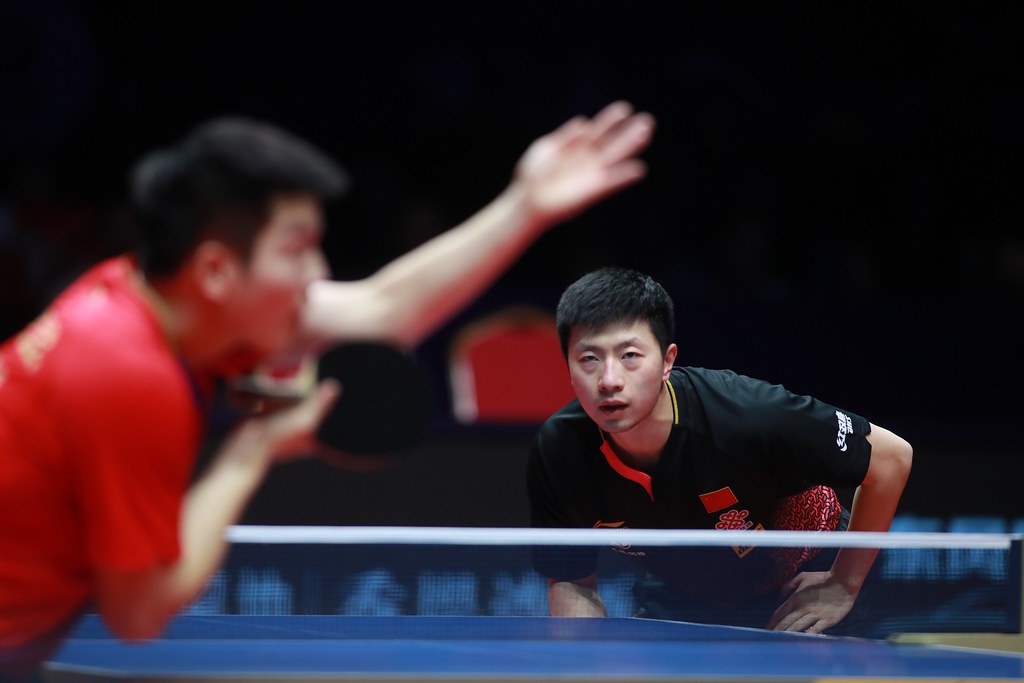says
Waldner Masterclass out now! 🏓
says
Waldner Masterclass out now! 🏓
Well-Known Member
Administrator
World number 1 Ma Long is a full 235 points ahead of World number 4 Timo Boll on the ITTF World Ranking list. This is incredible if you compare this to World number 101 Lin Ju being only 216 points ahead of World number 200 Tomas Tregler.
Is there any other interesting ranking facts such as this? Let us know if you find any!

Photo by: Kiyoshi Ota / Getty Images
This shows that the number 200 in the world is closer to the player 99 places ahead of him than Timo Boll at world number 4 is to Ma Long.
Is there any other interesting ranking facts such as this? Let us know if you find any!

Photo by: Kiyoshi Ota / Getty Images
This shows that the number 200 in the world is closer to the player 99 places ahead of him than Timo Boll at world number 4 is to Ma Long.













